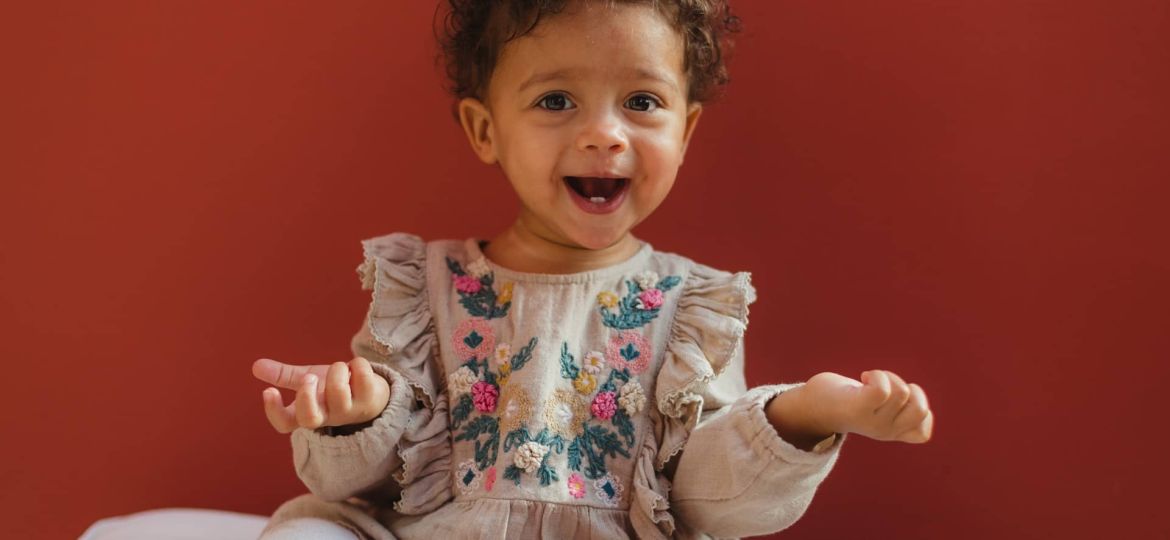
Your little girl just showed up. She is beautiful. The whole family is gathered around her crib to welcome her. The compliments are flying and everyone agrees on one thing: this child is the portrait of her father! However, you would have liked her to look like you. In fact, most of the little girls around you look like their daddy. How is this possible? Explanations.
Daddy’s girl
Contrary to your impression, at birth, girls look more like their mom than their dad. It is only from the age of one year that they would start to resemble their dad. There are several hypotheses to explain this phenomenon.
The first would be related to evolution. Indeed, the baby would resemble more the mom at the birth so that the dad does not suspect anything in case of uncertain paternity. Thus, the latter would be attached to the child before this one resembles the factor. The love making blind, the dad would not realize anything thereafter.
The other hypothesis would be that the mother transmitting her microbiota to the child during the childbirth, it would develop more physical characteristics of this one. In fact, in addition to playing a role in digestion, the microbiota also influences appearance.
But then, why do we have the impression that the baby looks like the father at birth? It would simply be a social bias that would push us to find a resemblance with the father in order to reassure him about his paternity.
Genes that express themselves more
We all know that babies inherit the genetic heritage of their parents in equal parts, half of the genes coming from the mother and the other half from the father. However, a recent study suggests that the father’s genes are expressed more and are predominant in the child.
Why is this? Simply because the genetic mutations coming from the father would influence more the DNA of the child. Thus, not only will the baby have a greater chance of resembling his father, but he will also have a greater risk of developing diseases brought on by a paternal genetic mutation!
What a character!

Even though resemblance is a physical matter, eye color and nose shape are not the only criteria to be taken into account to determine if an individual resembles another. Mimics, character and habits are equally important factors.
By dint of being around each other, our mini humans end up looking like us. It is incredible to see that even children who are adopted (and therefore have no genetic link with their parents) end up looking like them. Our children imitate us and often inherit the most marked characteristics.
However, in our society, men have a greater tendency to let certain character traits express themselves, while women repress them. Thus, children would more easily inherit the character of their father.
A guarantee of attention
A recent study has recently shown that babies who look like their father are healthier during their first year. Genetics would not come into play. It’s simply that dads spend much more time with their babies if they look like them.
In concrete terms, a child whose father takes care of him a lot in addition to the mother will receive twice as much care as if the mother took care of him alone. Thus, the child would be in better health.
As you can see, even if we often have the impression that girls look more like their daddy, this is in fact just an impression. In fact, newborns, both girls and boys, look more like their mothers until they are one year old and then like their fathers. Of course, there are still many mysteries to be solved concerning the mechanisms leading to resemblance. In the meantime, whether your daughter looks like mom or dad, she is yours, and no one can change that.







